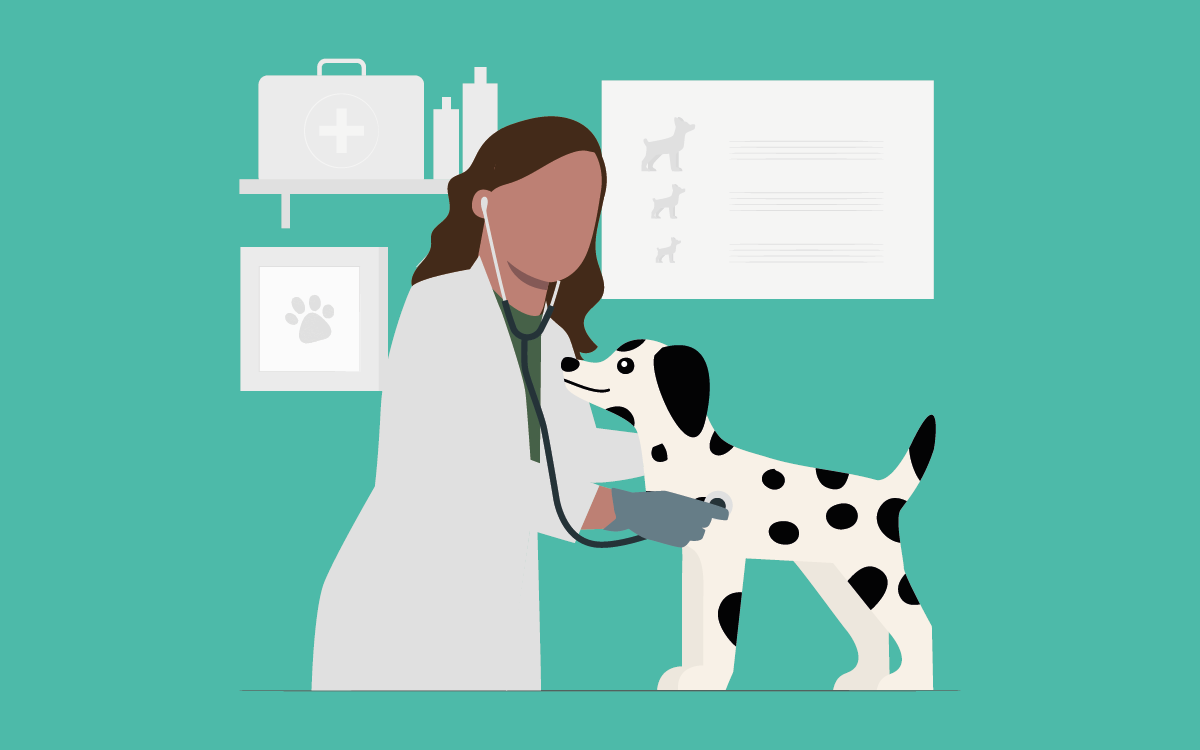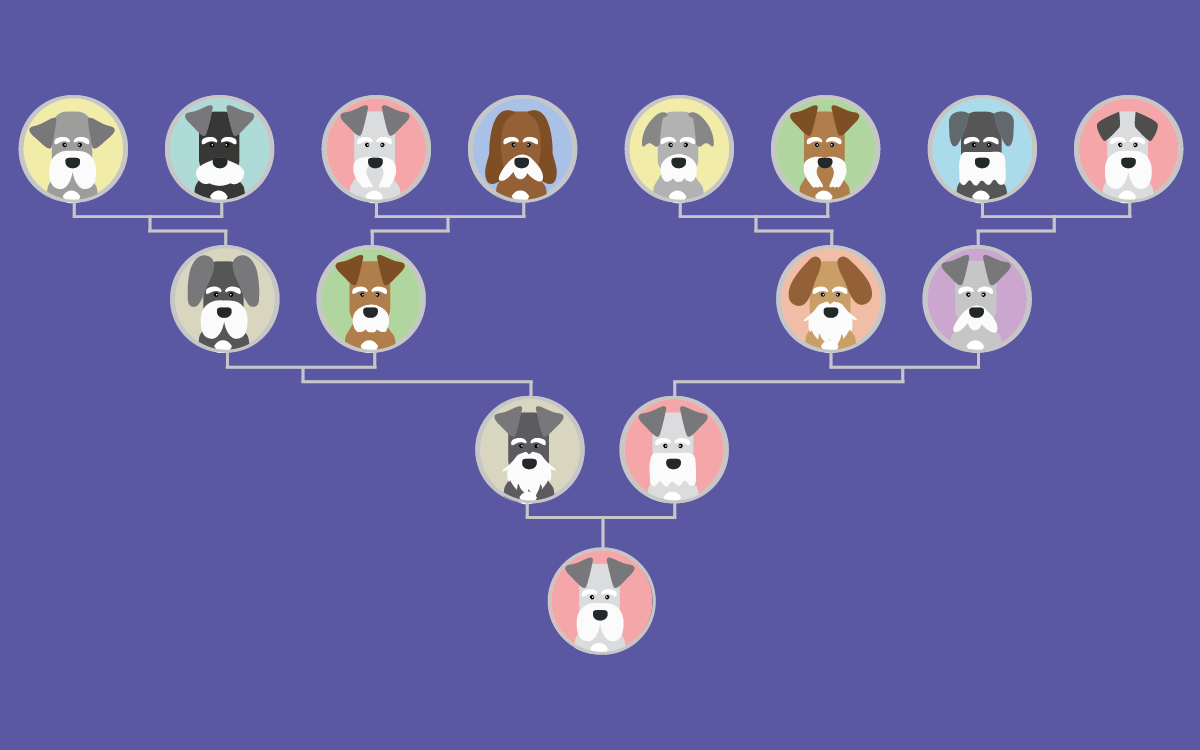Does your pet have a wild side? Discover if a DNA test can detect coyote traces in your dog, how ‘coydog’ hybrids work, and what science says about this fascinating genetic cross.


Does your pet have a wild side? Discover if a DNA test can detect coyote traces in your dog, how ‘coydog’ hybrids work, and what science says about this fascinating genetic cross.

Practical and engaging guide that explains step-by-step how to perform a feline DNA test easily at home. It combines animal handling tips with science to discover the pet’s health, traits, and family lineage.

The tricolour coat occurs almost exclusively in females because it requires two X chromosomes to combine the orange and black genes through random genetic inactivation.

Cat DNA tests reveal the breed, detect hereditary diseases and explain behaviour through a simple saliva sample. This key information allows anticipating health problems and personalising care to improve your pet’s well-being.

Determining the presence of a wolf component is crucial for you, due to the implications for the animal’s behaviour, legality, and health, providing clues about its biological heritage.

Genetic analysis reveals your pet’s complete past and even allows you to locate their biological family. Understanding this lineage is vital to anticipate health issues and better understand their behaviour.

Dalmatians are born completely white, but their spots appear weeks later due to the interaction of the Roaning and Flecking genes. This same genetic makeup is linked to risks of deafness and urinary issues, making a DNA test vital for preventative healthcare.

Labrador, Golden or Poodle? Beyond breed, genetics defines the assistance dog. Learn to identify the aptitudes and health required for successful service.

DNA tests allow for high-precision identification of your dog’s family lineage and screen for over 150 hereditary diseases, offering an essential preventative health plan for their well-being and longevity.

Emotional Support Animals (ESAs) are stealthy champions against stress and depression. Their purring releases oxytocin, their presence offers grounding, and their routine helps to structure the day. Furthermore, using a Feline DNA Test allows you to anticipate illnesses and look after the one who looks after you. A bond of mutual assistance!

Humans have bred increasingly smaller dogs for utility (pest hunting), companionship, and ancient legal restrictions.
This miniature size is due to selective breeding and variants in genes such as IGF1 which regulate growth.

The relationship between humans and dogs is one of the greatest examples of symbiosis between two different species. It is a mutually beneficial relationship, taken to the extreme, to the point that humans have bred dogs to enhance the traits that interested them. A greater sense of smell in tracking dogs such as the Bloodhound, […]

Guide dogs are dogs trained to assist people with visual impairments. They meet a set of specific requirements.

The MDR1 gene is important in your pets, its variants can alter the response to different commonly used medications.

Dogs and cats can detect tastes in a similar way to humans, but not identically. Their lifestyle has given them specific traits.

The number of kittens a cat can have is very variable and depends on different factors. Some are genetic.

Dogs and cats have their own genealogical trees, which provide valuable information about their origins and potential pathologies.

Cat claws hide many tricks and secrets, after thousands of years of adaptation to the environment and customs of this species.

Different dog breeds present an immense variety of coats. From very long hair to being hairless, it all depends on their genetics.

Cats’ eyes have a number of characteristics that make them different from both human and canine eyes.

Sphynx cats live on average fewer years than other cats. They require special care to maintain their health at times, not only due to the lack of fur.

Koko Genetics adds genetic testing for cats, feline DNA tests, to its catalog of available products for users.

Dogs are capable of feeling and expressing an emotion very similar to human love. There are several signs that allow us to detect and recognize it.

Progressive retinal atrophy is a group of genetic and hereditary diseases that cause retinal degeneration in dogs and can lead to blindness.

Pet allergy is one of the most common, due to their proteins, and not all breeds produce it in the same way.

Hemophilia is a genetic and hereditary blood disorder. It causes coagulation disorders and is usually linked to the X chromosome.

Based on genetics, there are a series of laws that regulate dogs and their owners, covering everything from pedigrees to potentially dangerous breeds.

The German Shepherd is one of the breeds with the most diseases. Among them are hip dysplasia, glaucoma, skin conditions, and gastrointestinal disorders.

Knowing the breed of a mixed breed dog from its traits and behavior is an almost impossible task. Even modern genetics faces a challenge in this field.

We have incorporated new swabs into the kit with the aim of reducing our ecological footprint and making it easier for users to use.

Recent studies seem to show that the influence of genetics on dog behavior has been overestimated, especially in the so-called modern breeds.

Dogs, like other elements that have surrounded our species, reflect in their own evolution the changes in human societies.

Dogs, just like humans, can have hereditary genetic diseases that are present from birth. There are hundreds of hereditary diseases cataloged in dogs, and their frequency varies among different canine breeds.

Calculating a dog’s age is complicated. Breeds age at different rates, with smaller dogs aging better than larger ones. Interestingly, smaller breeds also mature earlier. Approximations can be made.

A pedigree is an official document that records an animal’s genealogy. It certifies the lineage and purity of an animal and demonstrates its breed. It requires knowledge of the animal’s past or a genetic test to verify its genealogy.

A dog breed is a group of dogs that come from common ancestors and have been selectively bred. They have very similar characteristics in behavior and appearance, and a closed and shared genetic heritage.